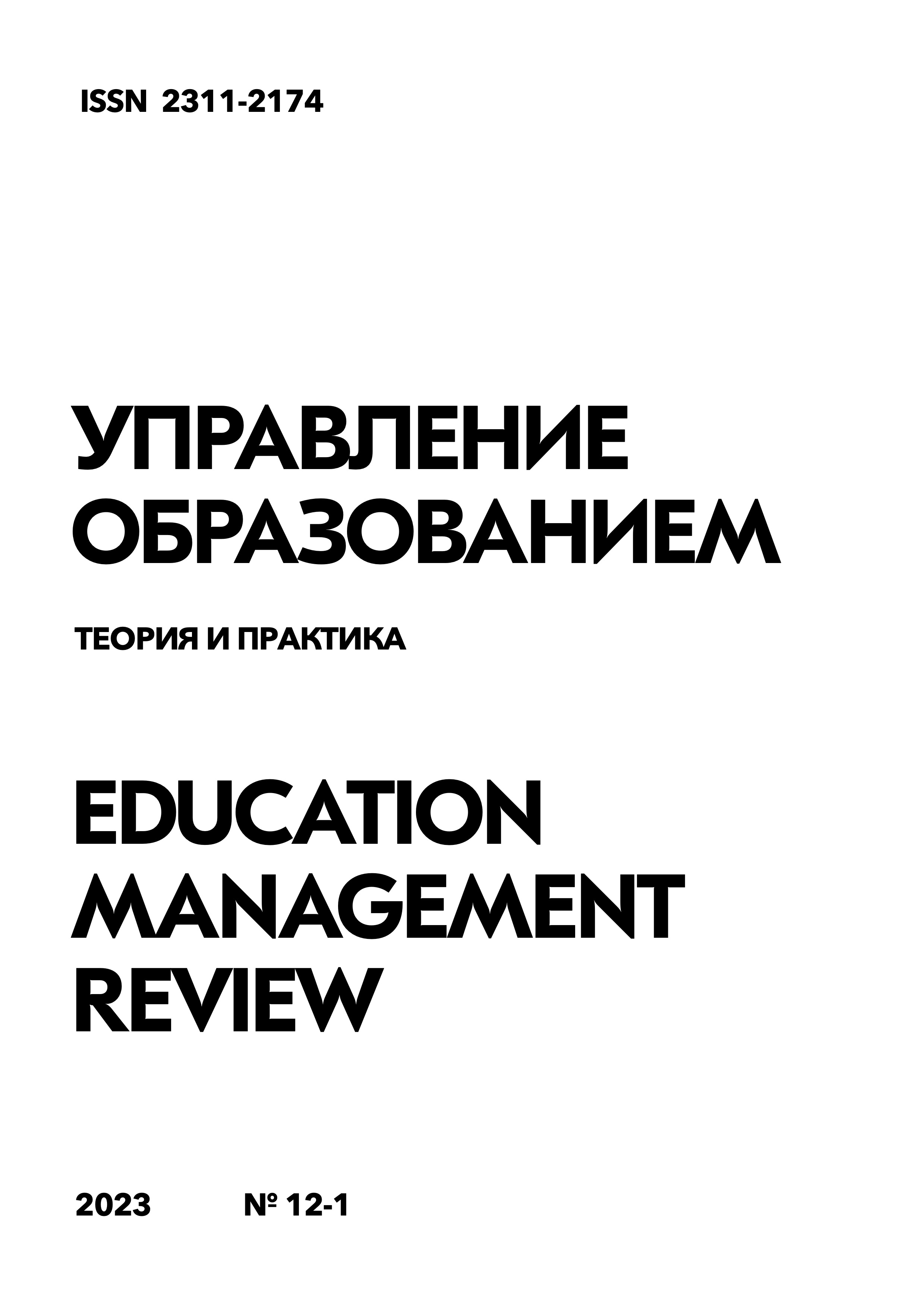Neuropedagogy: possibilities and limitations of e-learning research using neurotechnologies
DOI:
https://doi.org/10.25726/d9183-1673-0694-nKeywords:
neuropedagogy, EEG, eye tracking, educational content, cognitive sciences, education, pedagogyAbstract
With the development of technologies and new scientific directions, the consolidation of knowledge and methods of various sciences occurs. One of the promising areas in modern pedagogical research is neuropedagogy. Based on this, the purpose of the study is to determine the possibilities and limitations of the use of neurotechnologies in education, namely, for the study of e-learning and its improvement. The paper analyzes the results of a study of educational video content that the author has conducted over the past two years. Research methods such as electroencephalography (EEG) and eye tracking were used. Based on the experience gained, a conclusion is made about the possibilities (assessment of cognitive load, determination of levels of “concentration” and “meditation,” tracking fixations on educational materials) and limitations (price and availability of equipment and software, difficulty in interpreting results, ethical issues) of using neurotechnologies for educational content analysis. Eye tracking capabilities allow researchers to obtain data on where a student fixes his gaze while studying educational materials. Using this, you can track the ease of perception of materials and how text, pictures and other visual information are perceived. Based on where the student is looking, you can determine how much time he spends studying certain points and determine the duration of fixations. This allows you to determine which parts of the material are paid more attention to and which ones receive less attention.
References
Абабкова М.Ю., Розова Н.К. Айтрекинг как инструмент оценки восприятия электронных презентаций российскими и зарубежными студентами // Вестник педагогических инноваций. 2022. № 4(68). С. 106-121.
Гнедых Д.С. Тенденции и перспективы использования нейрокомпьютерных интерфейсов в образовании // Сибирский психологический журнал. 2021. № 79. С. 108-129.
Зеер Э.Ф. Нейродидактика - инновационный тренд персонализированного образования // Профессиональное образование и рынок труда. 2021. № 4(47). С. 30-38.
Куликова О.В. Нейродидактический подход как фактор повышения качества обучения иноязычному профессиональному общению // Вестник Московского государственного лингвистического университета. 2014. № 14 (700). С. 107–114.
Никифоров Д.С., Сорочинский М.А. Айтрекинг: основные принципы, опыт и перспективы // Современное образование: традиции и инновации. 2023. № 2. С. 223-226.
Николаева Е.И., Сутормина Н.В. Окулография как психологический инструмент: параметры и их психологическое и психофизиологическое обеспечение // Вестник психофизиологии. 2020. № 3. С. 42-56.
Соловьева В.А., Вениг С.Б., Белых Т.В. Анализ окуломоторной активности, наблюдаемой при изучении образовательного материала с экрана // Интеграция образования. 2021. Т. 25. № 1(102). С. 91-109.
Сорочинский М.А., Корякин Ф.И. Нейропедагогика как направление трансформации педагогической науки на основе методов нейротехнологий // Вестник Северо-Восточного федерального университета им. М.К. Аммосова. Серия: Педагогика. Психология. Философия. 2022. № 2(26). С. 33-39.
Dong W., Ying Q., Yang Y., Tang S., Zhan Z., Liu B., Meng L. Using Eye Tracking to Explore the Impacts of Geography Courses on Map-based Spatial Ability // Sustainability. 2019. № 11(1). P. 76.
Meltzof A., Kuhl P., Movellan J., Sejnowski T. «Foundations for a New Science of Learning» // Science. 2009. № 325. Pp. 284-288.
Pi Z., Zhang Y., Liu C., Zhou W., Yang J. “Generative learning supports learning from video lectures: evidence from an EEG study” // Instructional Science, 2022. № 51(3).
Sorochinskiy M., Koryakin P., Cherepanov M. "The Effect of a Familiar and Unfamiliar Lecturer on Attention Level and Assimilation of Information in a Video Lecture: Preliminary Experimental Data" // IEEE CSGB, Novosibirsk, Russian Federation, 2023, Pp. 90-93.
Sorochinsky M., Koryakin P., Popov M. "A study of students' attention levels while watching educational videos with the use of neurofeedback" // Fourth International Conference CNN, Kaliningrad, Russian Federation, 2022. Pp. 165-167.
Shaw R., Patra B., Pradhan A., Mishra S. “Attention Classification and Lecture Video Recommendation Based on Captured EEG Signal in Flipped Learning Pedagogy” // International Journal of Human-Computer Interaction. 2022 №39. Pp. 1-14.
Tang S., Liang Y., Li Z. “Mind wandering state detection during video-based learning via EEG” // Frontiers in human neuroscience. 2023. T. 17. URL: https://doi.org/10.3389/fnhum.2023.1182319.
Wang J., Antonenko P.D., Keil A., Dawson K.M. “Converging Subjective and Psychophysiological Measures of Cognitive Load to Study the Effects of Instructor-Present Video” // Mind Brain and Education. 2020. № 14. Pp. 279-291.
Wolf K., Seernani D. Webcam Based Eye Tracking -Whitepaper // ResearchGate. 2023. № 16(6). Pp. 1485-1505.
Zhang Y., Yang J. “Exploring Gender Differences in the Instructor Presence Effect in Video Lectures: An Eye-Tracking Study” // Brain Sciences, 2022. № 12(7). P. 946.

